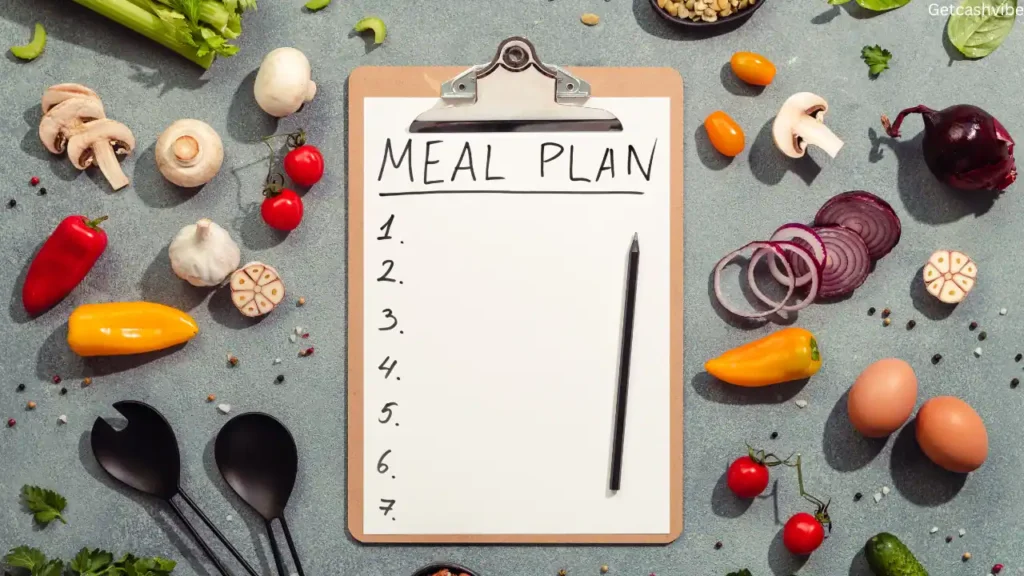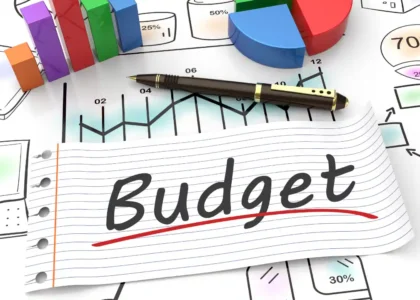Introduction:Budget-friendly meal planning
Meal planning is one of the easiest ways to save money, reduce stress, and improve your eating habits. However, when it comes to budgeting, many people feel overwhelmed by the idea of planning meals on a tight budget. The good news is that budget-friendly meal planning doesn’t have to be complicated or time-consuming. With a few simple strategies, you can eat well, save money, and reduce food waste. In this post, we’ll share some easy and practical meal planning tips to help you take control of your food expenses without sacrificing taste or nutrition.
Why Budget-Friendly Meal Planning Matters
Before diving into tips, it’s important to understand why budget-friendly meal planning is so beneficial. When you plan your meals, you’re more likely to stick to a shopping list, which can help you avoid impulse buys. Plus, meal planning reduces the need for takeout or fast food, which is often expensive and unhealthy. By spending a little time each week on meal prep, you can save money, eat healthier, and reduce food waste.
Tip 1: Plan Your Meals Around Sales and Seasonal Ingredients

One of the best ways to save money on groceries is to plan your meals around what’s on sale or in season. Seasonal produce is usually more affordable, and stores often discount items that are nearing their expiration dates. Take advantage of these deals by planning meals that feature these ingredients.
- Actionable Tip: Check your local grocery store flyers or apps for sales and discounts before you start meal planning. Make a list of seasonal vegetables and fruits, and incorporate them into your meals. For example, in the fall, squash and apples are often at their peak, so consider making a hearty squash soup or apple salad.
- Internal Link: Looking for more ways to save on groceries? Check out our tips for saving money on groceries on GetCashVibe.
Tip 2: Batch Cook and Freeze Meals
Cooking in batches is an excellent strategy for reducing food costs while ensuring you always have a meal ready to go. By preparing larger portions and freezing them, you can cut down on the number of times you need to cook each week. This can also help you take advantage of bulk buying, which is often more affordable per serving.
- Actionable Tip: Pick one or two days a week to cook in bulk. You can make large batches of soups, stews, casseroles, or stir-fries and freeze individual portions for later use. This way, you won’t be tempted to order takeout or grab unhealthy convenience foods.
- External Link: According to The Kitchn, freezing meals is an excellent way to preserve food and prevent waste, making it a smart choice for budget-friendly meal planning.
Tip 3: Embrace Simple, Affordable Recipes

Not every meal has to be a complex, gourmet dish. In fact, some of the most affordable meals are also the simplest to prepare. Dishes like stir-fries, pasta, and grain bowls can be made with budget-friendly ingredients like rice, beans, lentils, and seasonal vegetables.
- Actionable Tip: Keep your pantry stocked with versatile, inexpensive staples like rice, pasta, canned beans, and frozen vegetables. Use these ingredients as the base for your meals and experiment with different flavor combinations.
- Internal Link: If you’re looking for simple, affordable meal ideas, check out our budget-friendly recipes on GetCashVibe.
Tip 4: Use Leftovers Wisely:Budget-friendly meal planning
Leftovers are a powerful tool in budget-friendly meal planning. Instead of letting leftover food go to waste, you can repurpose it into new meals. For example, leftover roasted chicken can be turned into a chicken salad, or extra rice can be used in a stir-fry.
- Actionable Tip: Plan for leftovers by cooking larger portions or intentionally preparing extra servings of a dish. Use these leftovers for lunches or dinners later in the week. You can even freeze leftovers to use in future meal plans.
Tip 5: Create a Shopping List and Stick to It

One of the easiest ways to overspend at the grocery store is by not having a clear plan for what you need. When you go into the store without a shopping list, it’s easy to grab items on impulse. To avoid this, take the time to create a shopping list based on your meal plan.
- Actionable Tip: Write down everything you need for the week’s meals and stick to it. Consider organizing your list by sections of the store (produce, dairy, canned goods, etc.) to make your shopping trip more efficient and less tempting to stray from your plan.
- Internal Link: For more tips on managing your grocery budget, check out our post on how to save money while grocery shopping.
Tip 6: Use Coupons and Loyalty Programs:Budget-friendly meal planning
Take advantage of coupons, loyalty programs, and cashback offers to further lower your grocery bill. Many stores offer digital coupons or discount programs that can be linked to your account for extra savings.
- Actionable Tip: Before heading to the store, check coupon websites or apps like Coupons.com or your grocery store’s app to see if there are any deals available on the items you need.
- External Link: According to Consumer Reports, using coupons effectively can save you significant money on your grocery bill each month.
Conclusion
By incorporating these budget-friendly meal planning tips into your routine, you can save money while still enjoying delicious, nutritious meals. From planning around sales to embracing simple recipes and using leftovers, small changes can have a big impact on your food expenses. Remember, meal planning doesn’t have to be overwhelming—it’s about being strategic, staying organized, and making choices that fit your lifestyle.
Call to Action: Discover more tips on achieving financial freedom! Explore GetCashVibe today and take control of your finances!






